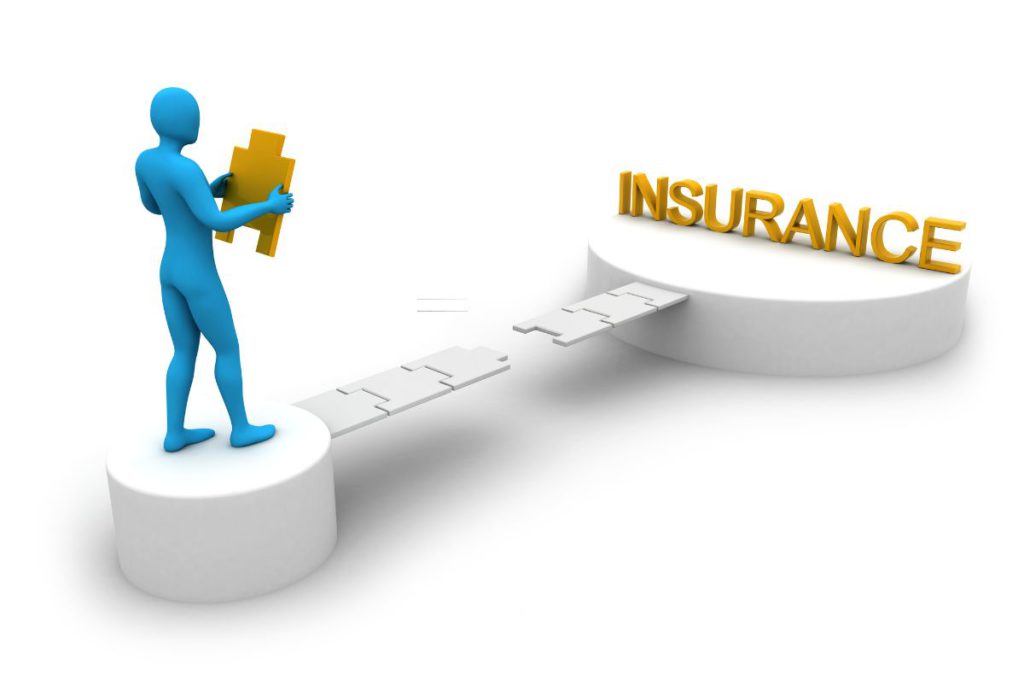In today’s world, families come in all shapes and sizes. Blended families, where couples bring children from previous relationships into their new marriage, have become increasingly common. While this creates beautiful opportunities for expanded love and connection, it also presents unique challenges regarding estate planning. Let’s explore how to create a fair and comprehensive estate plan that protects everyone in your blended family.
Understanding the Unique Challenges

Estate planning for blended families is more complex than traditional family planning. When you have children from previous marriages and a current spouse, you need to balance multiple responsibilities and relationships. Common challenges include:
- Ensuring your current spouse is financially secure after your passing
- Protecting your biological children’s inheritance rights
- Managing expectations between stepchildren and biological children
- Dealing with complex family dynamics and potential conflicts
- Protecting family assets and heirlooms
Essential Estate Planning Tools for Blended Families

Living Trust: The Foundation of Your Estate Plan
A living trust is particularly valuable for blended families. Unlike a simple will, a trust can provide detailed instructions about asset distribution and help avoid probate. Here’s how it works:
You can create a trust that provides for your current spouse during their lifetime while ensuring your assets ultimately pass to your children. For example, if you own a house worth $400,000, you can place it in a trust that allows your spouse to live there for life (called a life estate) while ensuring the property passes to your children after your spouse’s death.
Life Insurance: Creating Instant Inheritance
Life insurance serves as an excellent tool to create immediate liquidity and fairness in inheritance. Consider this practical approach:
If you want to provide for your current spouse and children from a previous marriage, you can take out a life insurance policy equal to the value of your major assets. For instance, if your house is worth $400,000 and you want your spouse to keep it, you can get a $400,000 life insurance policy naming your children as beneficiaries. This way, everyone receives a fair share.
QTIP Trust: Balancing Spousal and Children’s Rights
A Qualified Terminable Interest Property (QTIP) Trust offers an excellent solution for blended families. Here’s how it works in practice:
Let’s say you have $800,000 in assets. Through a QTIP trust, you can ensure your spouse receives income from these assets during their lifetime but cannot change the final beneficiaries (your children). If the assets generate a 4% annual return, your spouse will receive a $32,000 yearly income while your children’s inheritance remains protected.
Practical Steps for Creating Your Estate Plan

Asset Inventory and Valuation
Start by creating a detailed inventory of your assets. Include:
- Real estate properties and their current market values
- Bank accounts and investment portfolios
- Retirement accounts and life insurance policies
- Family heirlooms and valuable personal property
- Business interests and intellectual property
Clear Communication with Family Members
Open communication is crucial in blended family estate planning. While you don’t need to share specific numbers, discussing your general plans helps prevent future conflicts. Consider having family meetings to:
- Explain your overall estate planning goals
- Address concerns and questions
- Set realistic expectations
- Share the reasoning behind your decisions
Regular Review and Updates
Estate plans for blended families should be reviewed more frequently than traditional plans. Major life events that trigger reviews include:
- Birth of new children or grandchildren
- Death of family members
- Significant changes in asset values
- Changes in family relationships
- Tax law changes
Advanced Planning Strategies

Inheritance Equalization
When dealing with complex family structures, consider inheritance equalization strategies. Here’s a practical example:
If you have a $1 million estate and three children (two from a previous marriage and one with your current spouse), you might structure your plan like this:
- $500,000 to your current spouse through a QTIP trust
- $166,667 to each child through direct inheritance or trust distributions
- Additional life insurance policy to cover any shortfalls
Protecting Family Businesses
If you own a family business, special consideration is needed. Consider these options:
- Creating a buy-sell agreement that outlines succession plans
- Using life insurance to provide liquidity for non-business-inheriting family members
- Establishing trusts to manage business interests fairly
Common Mistakes to Avoid

Relying Solely on a Will
A will alone often isn’t sufficient for blended families. It can’t provide the complex distribution patterns and protections that trusts offer. More importantly, will go through probate, which can create family conflicts and delays.
Forgetting About Digital Assets
In our modern age, digital assets are increasingly important. Remember to include:
- Cryptocurrency holdings
- Online investment accounts
- Digital photos and videos
- Social media accounts
- Digital business assets
Not Updating Beneficiary Designations
Remember that certain assets pass outside of your will or trust through beneficiary designations. These include:
- Life insurance policies
- Retirement accounts
- Transfer-on-death accounts
- Joint property
Taking Action: Your Next Steps
- Schedule a meeting with an estate planning attorney who has experience with blended families
- Gather all necessary financial and legal documents
- Create a list of questions and concerns specific to your family situation
- Consider scheduling a family meeting to discuss your plans
- Set up a regular review schedule for your estate plan
Conclusion

Estate planning for blended families requires careful consideration and strategic planning. While it may seem overwhelming initially, taking a systematic approach and using the right tools can help create a fair and comprehensive plan that protects everyone you love. Remember, the goal is to provide for your spouse while protecting your children’s inheritance rights. With proper planning and open communication, you can create harmony in your estate plan that reflects the harmony you’ve worked to build in your blended family.




























































